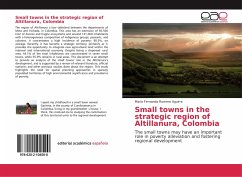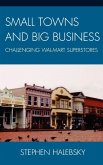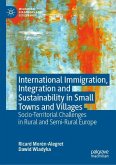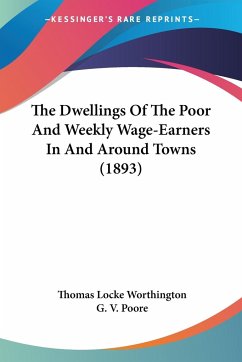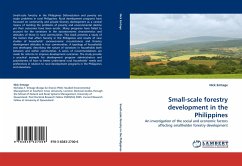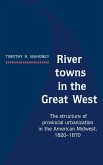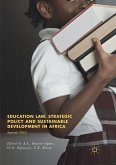The region of Altillanura a low tableland between the departments of Meta and Vichada, in Colombia. This area has an extension of 92.500 km2 of diverse and fragile ecosystems and around 141,000 inhabitants with a heterogeneous composition of indigenous groups, peasants, and colonies. It concentrates a high incidence of poverty: 90.5%, on average. Recently, it has become a strategic territory, primarily as it provides the opportunity to integrate new agricultural land within the national and international economy. Despite being a dispersed rural area, 44.1% of the total inhabitants are concentrated in seven small towns, while 55.9% remains in rural areas. This document is an attempt to provide an analysis of the small towns' role in the Altillanura's development, and is supported by a review of relevant literature, official statistics and other previous studies done about the region. This study highlights the need for spatial planning approaches in sparsely populated territories of high environmental significance and prevalence of poverty.
Bitte wählen Sie Ihr Anliegen aus.
Rechnungen
Retourenschein anfordern
Bestellstatus
Storno

